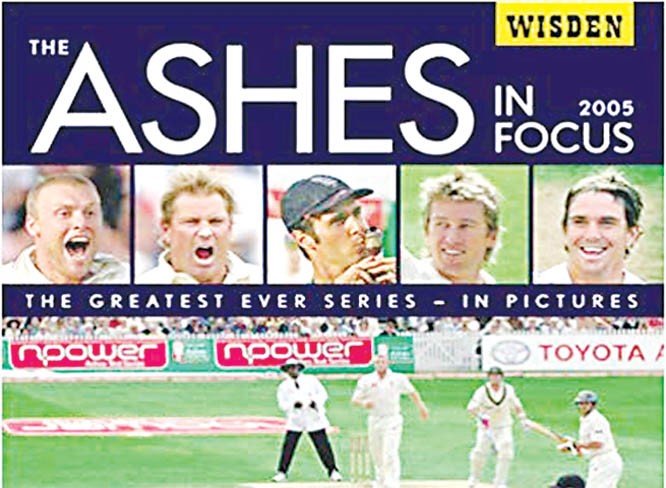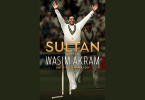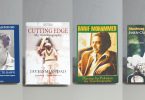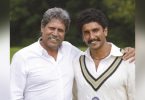This is classic old-school throwback to cricket and Patrick Eagar being the master of cricket photography knows how to engage the audience with pictures of his own choice
Just as there is no Test series bigger than Ashes, there is no Ashes better than the one played in 2005 in which England emerged victorious 2-1. What better time to discuss a book on that very Ashes than the time when Australia are playing the arch-rivals in their conditions, and have won the first Test just like they did in 2005! Will England make a comeback as they did back in the day or will Australia take back the Urn, they believe belongs to them? That’s another discussion for another time; this moment belongs to Patrick Eagar, one of the most accomplished cricket photographers of all times.
The book under discussion here is The Ashes In Focus 2005 by the renowned photo-journalist who covered that classic series. For a veteran of 325 Tests, including 98 Ashes Tests, covering the most interesting series of the last 15 years was never going to be easy. However, he not just captured the emotions of each and every player involved in the series, he also arranged them in such a way that one look at the photographs takes the readers back into the McGrath-Warne era when Strauss-Vaughan were part of the opposite side, when Adam Gilchrist guarded the stumps for Australia and Andrew Flintoff was in full swing for the Poms; and no one side was the better.
This book doesn’t have much text except the captions but it doesn’t need text, considering the pictures and the actions in those pictures. Be it Simon Katich’s outburst against an umpiring decision that cost him half of his match fee, Glenn McGrath’s smiling picture before he injured himself twice in the series, Brett Lee and Michael Kasprowicz’s innings that nearly won Australia the match or the tense moments where a catch that changed the course of the match was held or dropped, everything is preserved. To make the book all the more colorful, the publisher used an image of Kevin Pietersen’s weird hairdo as the back cover, making the reader realise that Patrick Eagar did a wonderful job by staying out of the boundary yet capturing the action inside it perfectly.
In a series where experts favoured the then World No 1 Australians, England did extremely well in both batting and bowling. Through this book, you realise that the same Ashley Giles who heralded the current England ODI side as Managing Director was instrumental in his final years as a quality all-rounder. Had it not been for his sensible batting in the series, Australia might have taken the urn again; similarly, that series was also the one that made and broke Simon Jones who was pivotal to England’s victory in a couple of matches. Like McGrath, he missed matches due to injury; unlike McGrath, he didn’t have a lengthy career. His rise and fall both are covered by the photographer.
Injuries to players, crowd reaction, match scorecards and a foreword from the Voice of Cricket Richie Benaud makes this book all the more interesting to read and view. Read, because the captions are highly informative for both those who lived in that era and those who would like to know about it, and view because from the umpire’s reaction to a certain shot to the crowd’s, this book contains everything you need to live that series, offline and without connecting to the World Wide Web. This is classic old-school throwback to cricket and Patrick Eagar being the master of cricket photography knows how to engage the audience with pictures of his own choice.







